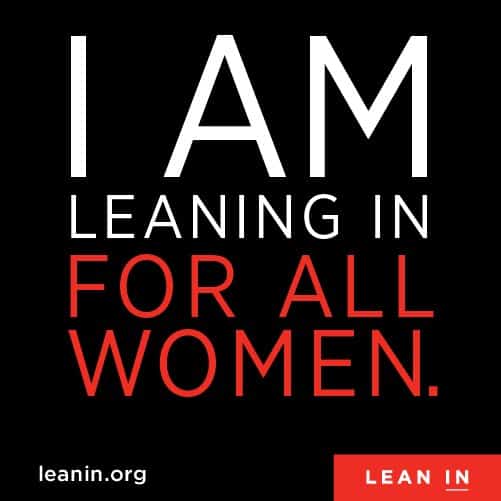Paid Paternity Leave Might Be The Key To Flexible Schedules And Real Work-Life Balance


Business Insider recently reprinted an excerpt from Katrina Alcorn’s Maxed Out: American Moms On The Brink that explains how paternity leave was fundamental in equalizing things at home and work.
Can I just say how AWESOME Business Insider is for including this story? At first I thought, “why would Business Insider reprint an except from a book about working mothers — in fact a book that some people have accused of being whiny and entitled?” Oh right, because it highlights the dramatic effects of paid paternity leave – targeted right at their audience.
Alcorn uses the Swedish model as one the U.S. should strive for.
In 1995, in what turned out to be a bureaucratic stroke of genius, the Swedish government created financial incentives for men to take paternity leave. If the father didn’t take time off, the family lost one month of subsidies. Suddenly it was like Who cares if they call me a ”velvet dad”? I’m not giving up free money!
Soon it became the norm for dads to take off a month, two months, even longer. Men got a taste of what it was like to be the primary parent. They became more confident in their role at home, assuming those responsibilities traditionally left to the moms, such as clipping the children’s fingernails. Dads started craving more time with their kids. Today, eight in ten fathers in Sweden now take a third of the total thirteen months of leave.
As a side note, does this happen in everyone’s house? My husband is an extremely involved father, yet he has never — not once! — cut either of our children’s fingernails. What is that all about? I thought it was just my life.
As everyone got used to the idea that dads would take time off, the culture at work began to change, with flextime becoming more common. The pay gap between men and women started to close. One study showed a mother’s future earnings increased about 7 percent for every month the father took off.
The past 18 years have seen substantial shifts in gender equality in Sweden. Think about it, if it no longer becomes common that only the woman takes time off — if it is truly just as common that men will too — there’s no longer a reason to value a man’s career over a woman’s, who employers assume will spend some time out of the game. You know who else benefits from this? Anyone who wants more flexibility to pursue a semblance of a life outside of work. It’s a win-win-win.
If only we could make it happen. Alcorn worries about the price of entry.
We scoff at comparisons with Sweden, presumably preferring the company of places like Papua New Guinea and Swaziland, which are among the few countries that do not provide some type of national paid parental leave. And the last few decades of ”family values” have done nothing to create economic stability for families.
Still, a system like this gives me so much hope. If it could be as easy has paid paternity leave where the men actually suffer an economic loss if they don’t take it to step in the right direction — oh I dare to dream.
(photo: Kateryna Iemets/Shutterstock)



